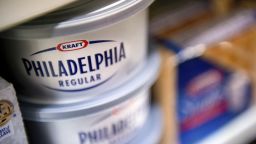Can’t find cream cheese, graham cracker crusts, Cool Whip or peppermint extract? Time to think outside the box – or cookie tin, as the case may be.
Creativity might be the first item on the grocery list this holiday season.
As supply chain issues and higher costs continue to wreak havoc among all aspects of food production, those of us who are used to baking up a storm might be feeling a bit more Scrooge-y than usual.
Please don’t despair. There are ways to circumvent the “bah humbug” of out-of-stock ingredients and packaged goods. If you can’t find your favorite baking staples at the supermarket, it may be time to pivot to a new recipe or try a new technique.
Several factors are contributing to current food supply issues, including packaging shortages, lack of staffing and our collective desire to celebrate at pre-pandemic levels, according to Patrick Penfield, a professor of practice in supply chain management at Syracuse University.
“Last year at this time, we couldn’t have bigger gatherings,” said Penfield, but with families hosting bigger celebrations and office parties necessitating catering, “demand has skyrocketed for baking supplies.”
While the flour and yeast shortage of 2020 likely won’t repeat itself for home bakers this season, those who are accustomed to buying holiday cookies, cakes or pies from their neighborhood bakery may not get their usual order.
“Unfortunately, a lot of the small baking companies are having issues with labor,” said Penfield, in addition to bulk ingredient shortages and shipping delays for items like fruits, chocolate, vanilla and peppermint flavoring.
“We always want to support local bakeries as much as we can,” he said. If you have your heart set on a specific treat, embrace the spirit of the season by exercising patience and understanding when substitutions must be made.
For those baking at home, what’s in stock in the Northeast United States may not be available in the Southwest. “It’s going to be different per region,” Penfield cautions, so when you see something you need in the supermarket, buy it right away. (But please show some spirit of the season and be mindful of any product limits, and don’t hoard all the ingredients.)
Or you can make it yourself. Here’s how to make some holiday baking standards instead of buying them off the shelf.
Basic pie crust
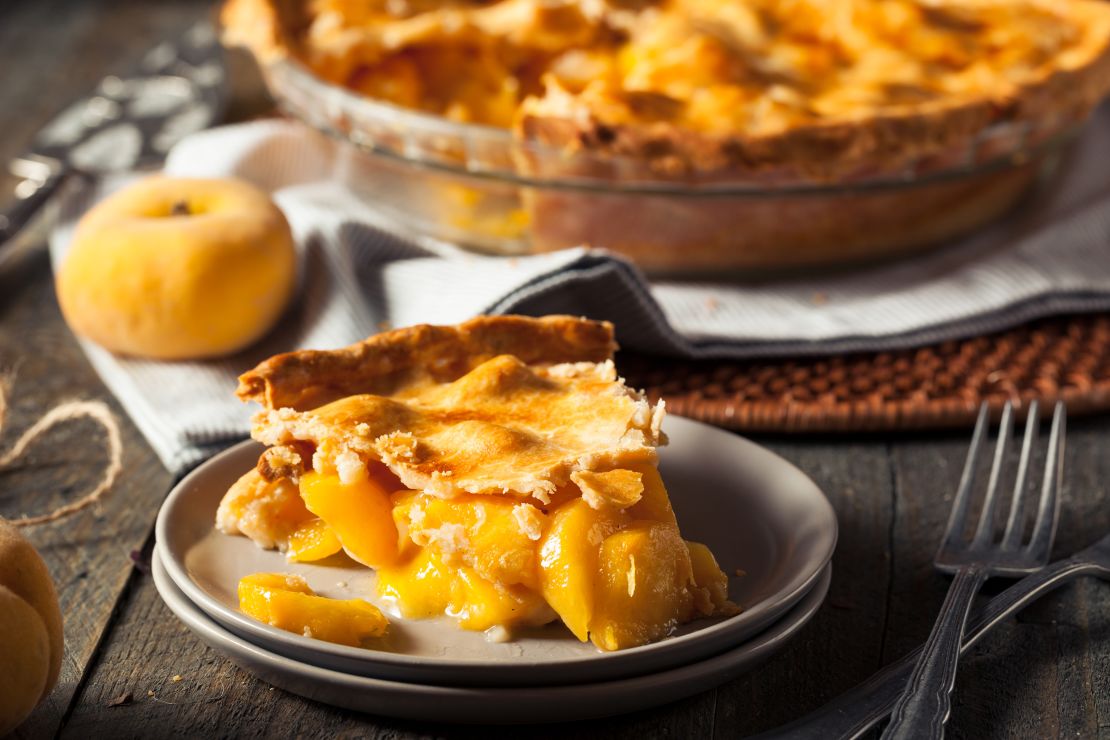
Nothing strikes fear into the heart of amateur bakers quite like the idea of making homemade pie dough. Luckily, a food processor takes a lot of the finicky work out of the equation. This basic tutorial can be used to make one standard double-crust pie, or two single-crust pies. You can also substitute a gluten-free flour blend or dairy-free butter substitute for any guests with food allergies.
Graham cracker crust
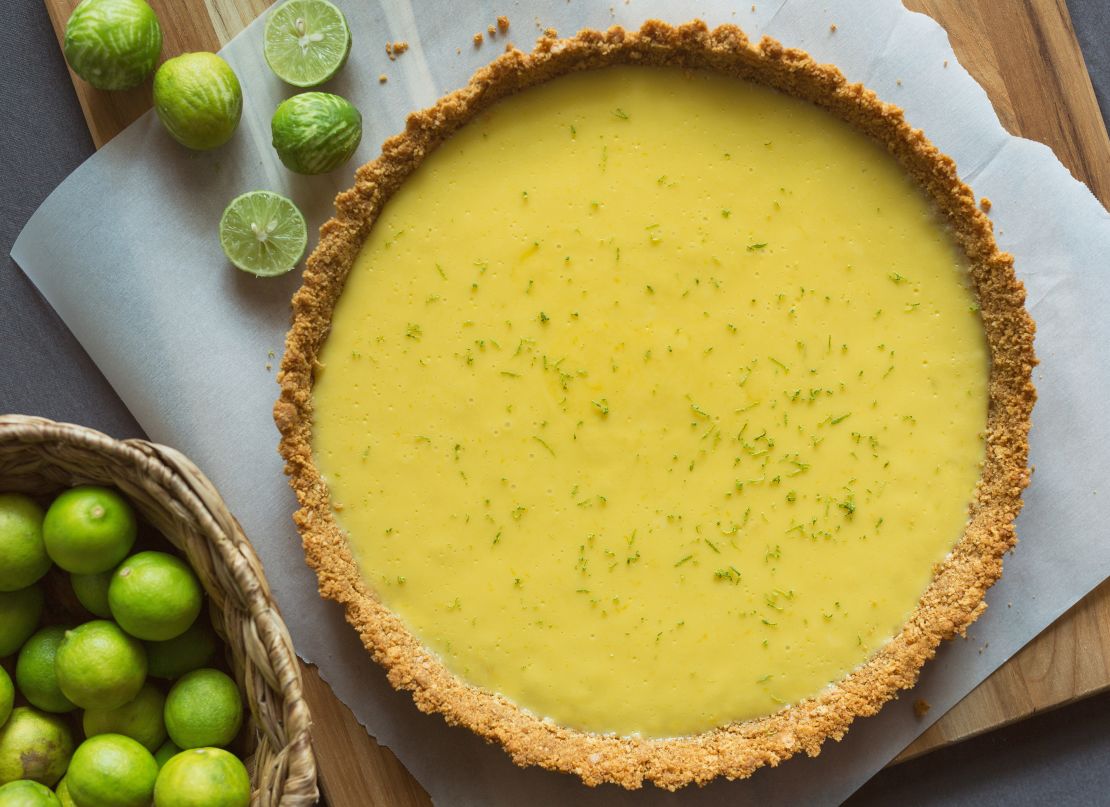
Though all-purpose flour is widely available, specialty flours like graham flour are currently hard to source for commercial bakeries. If pre-made graham cracker crusts or boxes of graham cracker crumbs aren’t available, whole graham crackers will save the day.
All you need are graham crackers, melted butter (or a dairy-free butter stick substitute) and sugar. Crush the crackers into crumbs by pulsing them in a food processor or blender, or do it by hand by placing the crackers in a zip-top bag and rolling them with a rolling pin.
Stir with the melted butter and sugar in a bowl, then press into your pie pan. This tutorial includes a recipe, troubleshooting tips and instructions for freezing, should you get ambitious and make more crumbs for future desserts.
Whipped cream

What better time than the holidays to ditch the packaged tub of whipped topping and go for the real deal? Making homemade whipped cream is a snap, because it can be done in minutes with almost any piece of equipment in your kitchen – even a plain old mason jar.
For 2 cups whipped cream, use 1 cup heavy cream or whipping cream. Whisk it by hand in a large metal bowl, with the whisk attachment of a stand mixer, with an electric hand mixer or just shake it in a quart-size mason jar until the cream thickens. Add 1 tablespoon confectioner’s sugar to sweeten and stabilize the cream, then continue whisking or shaking until the cream forms firm peaks and holds its shape.
Cream cheese
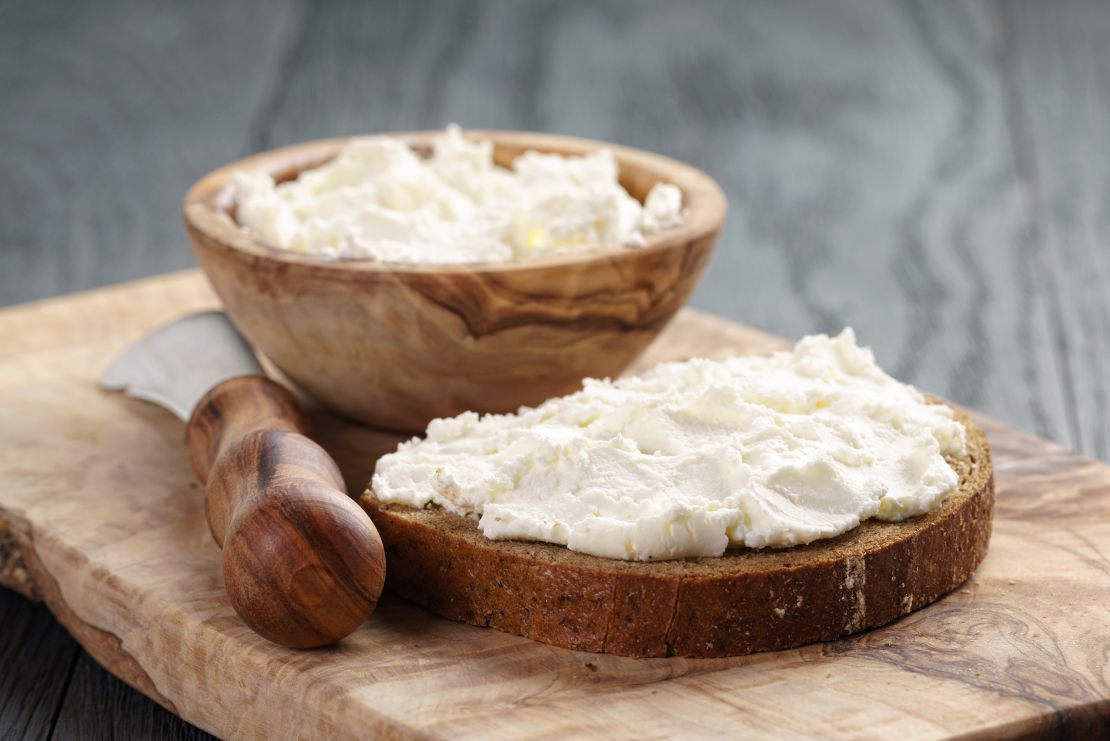
Yes, you can make homemade cream cheese even if your area isn’t facing a shortage on the bagel’s best friend. The process is similar to making ricotta cheese: simply heat, stir in an acidic element such as lemon juice or vinegar to create curds and whey, and strain.
Use three kinds of dairy – heavy cream, half and half and whole milk – to make a lusciously spreadable cheese. Add in your favorite flavorings, such as olives, scallions or chopped smoked salmon, to make a buffet of specialty cream cheeses for family brunch.
Other last-minute baking substitutes
You might be lucky enough to avoid any ingredient shortages in your local markets, but what about your own pantry? Here are some quick substitutes for common baking ingredients that might save you from making a late-night grocery run.
Sweetened condensed milk
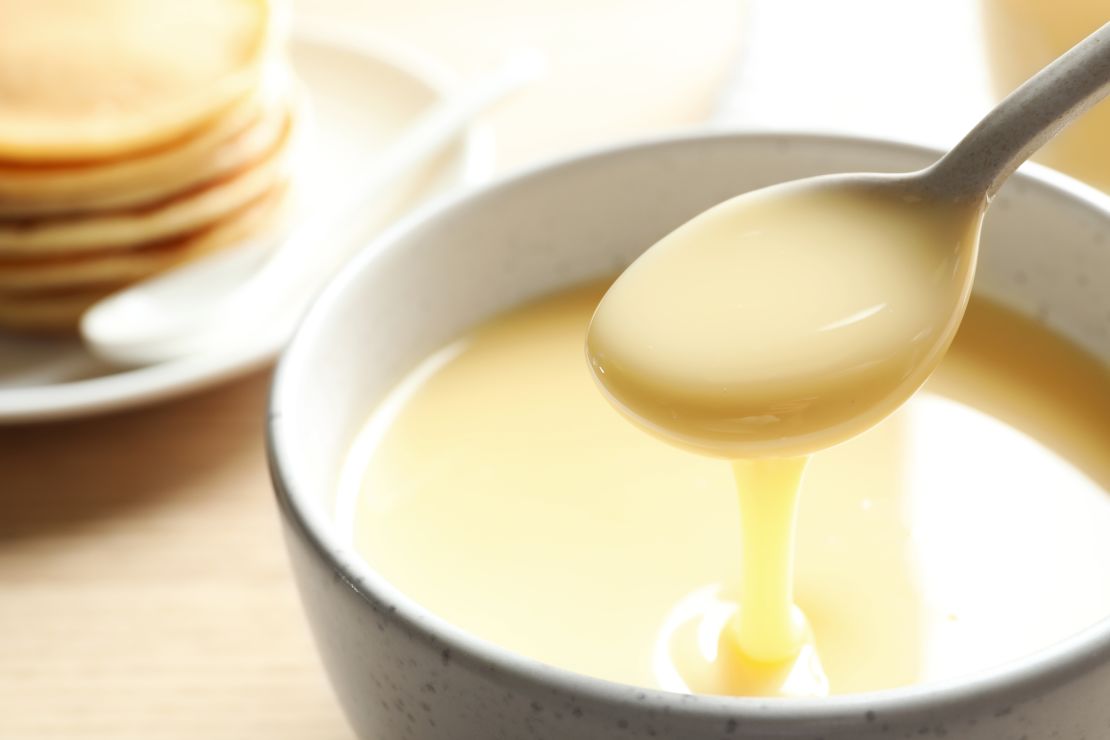
A can of full-fat coconut milk can sub in for thick and creamy, condensed milk in baked goods, if you simmer it down and add a little sweetener to it first. Follow these instructions to make this dairy-free replacement.
Evaporated milk
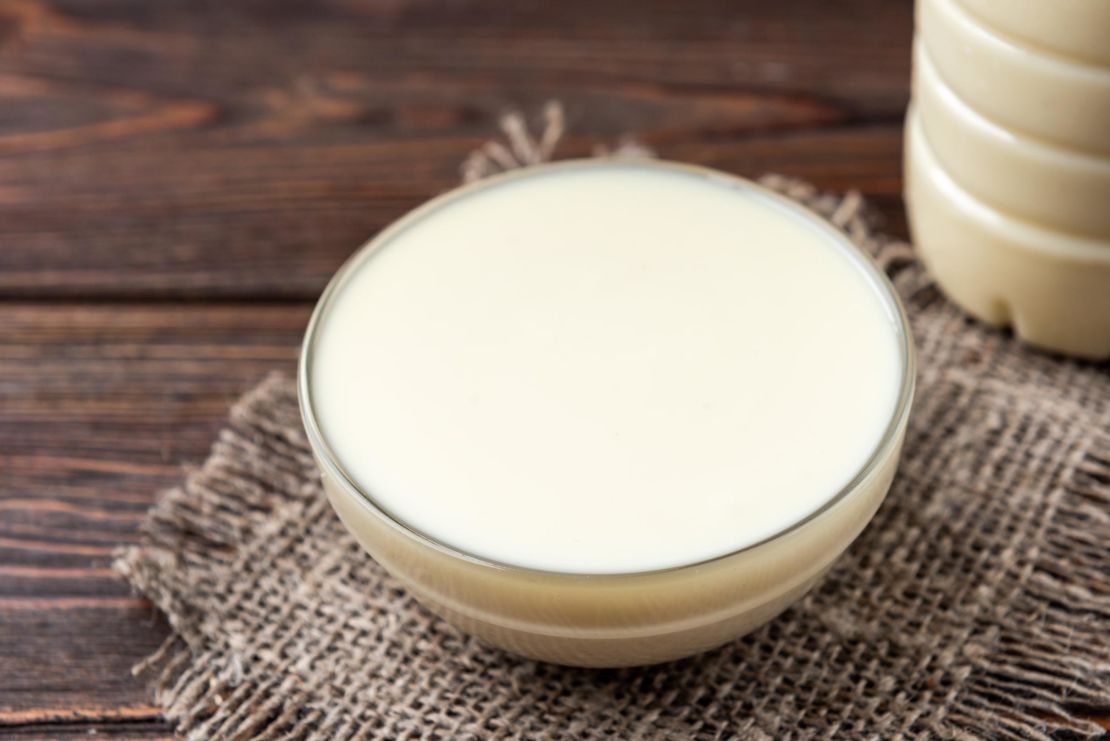
Unlike condensed milk, evaporated milk is not sweetened, but otherwise is a concentrated, shelf-stable dairy product frequently used in baking. You can use canned light coconut milk or non-dairy milk as a substitute, simmering to reduce the liquid.
Confectioner’s sugar
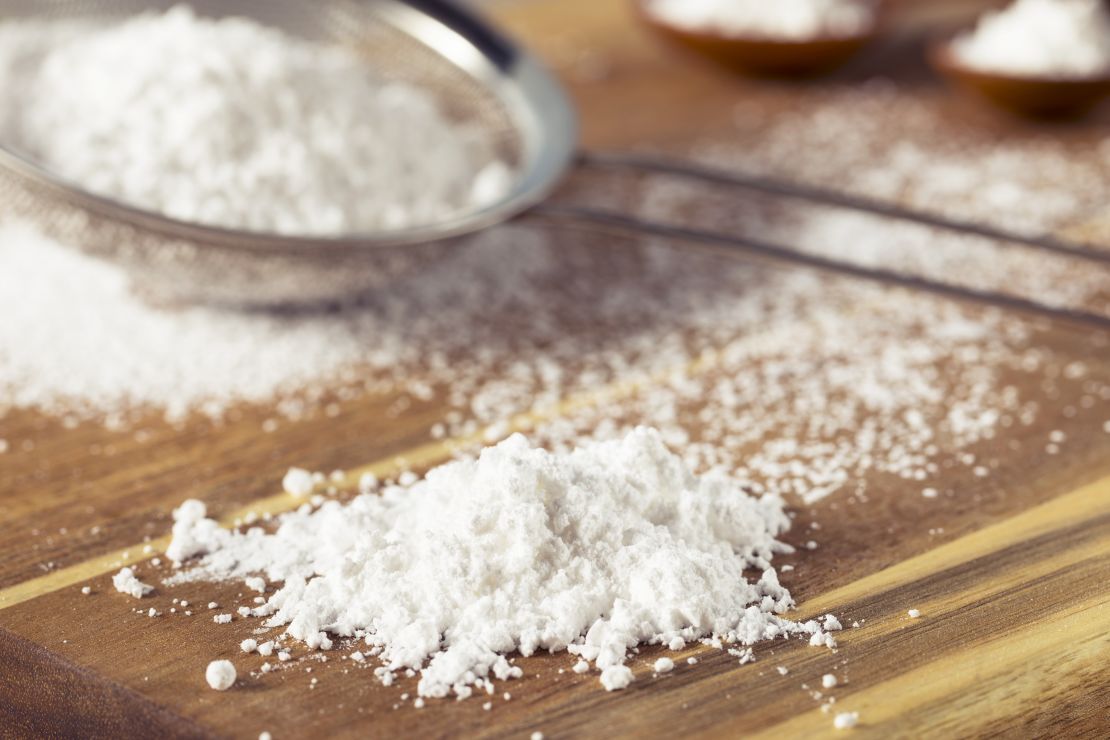
This extremely finely textured sugar is mixed with cornstarch to give it thickening power – which is why it’s necessary for cookie icing, frosting and other glazes. To make a homemade version, whir 1 cup granulated sugar with 1 teaspoon cornstarch or arrowroot powder in a food processor until finely ground to powder.
Brown sugar
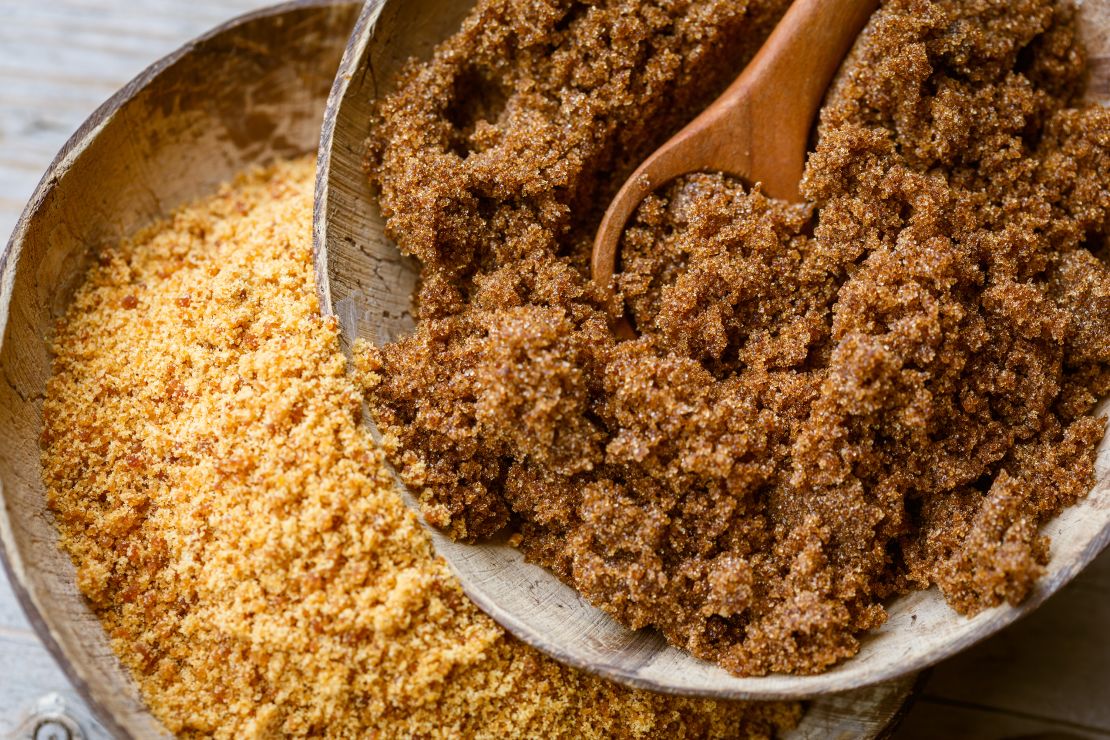
Light brown sugar and dark brown sugar can be used interchangeably in most recipes, as the difference between the two is simply the amount of molasses added to the cane sugar. That’s what lends brown sugar its deeper color and caramel flavor.
But if you don’t have either, you can simply replace it with plain granulated sugar and a liquid sweetener. Use 1 cup sugar and 1 tablespoon molasses, maple syrup or honey for each cup of brown sugar called for in your recipe.
Casey Barber is a food writer, illustrator and photographer; the author of “Pierogi Love: New Takes on an Old-World Comfort Food” and “Classic Snacks Made from Scratch: 70 Homemade Versions of Your Favorite Brand-Name Treats”; and editor of the website Good. Food. Stories.


